
JaneApp Data Security Features: How Your Clinic’s Information Stays Protected
JaneApp Data Security Features: How Your Clinic’s Information Stays Protected Takeaways Jane is HIPAA- and PIPEDA- compliant Data is encrypted, whether at rest or in
Start Feeling Better In As Few As 3 Visits.
What is dry needling?
Dry needling is a therapy that uses thin needles to help relieve pain and improve muscle function. It is also sometimes called trigger point dry needling or myofascial trigger point dry needling.
During dry needling, the therapist inserts the needles into the skin and then into the muscle. This can cause a local twitch response, which is also known as a muscle contraction. The therapist then removes the needle and moves onto the next targeted area.
Dry needling therapy is based on the idea that there are areas of the muscle called trigger points that can cause pain and other problems. Dry needling is thought to help by reducing the tension associated with these trigger points.
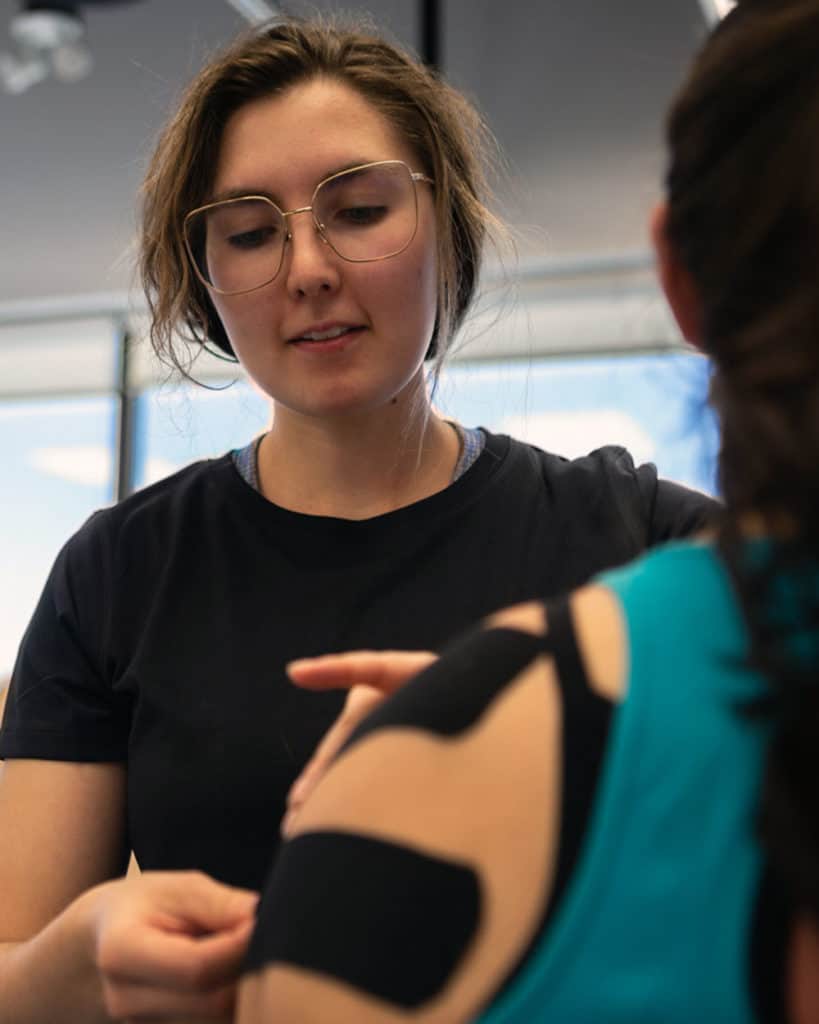
Tell us what hurts, and we will treat your pain in the shortest time possible. Get effective treatment for your condition in less than 30 minutes so you can get back to doing what you live… pain-free.
Get a personalized care plan so you can feel better in as few as 3 visits. We use advanced therapy techniques proven to ease pain, accelerate recovery, improve mobility and overall health.
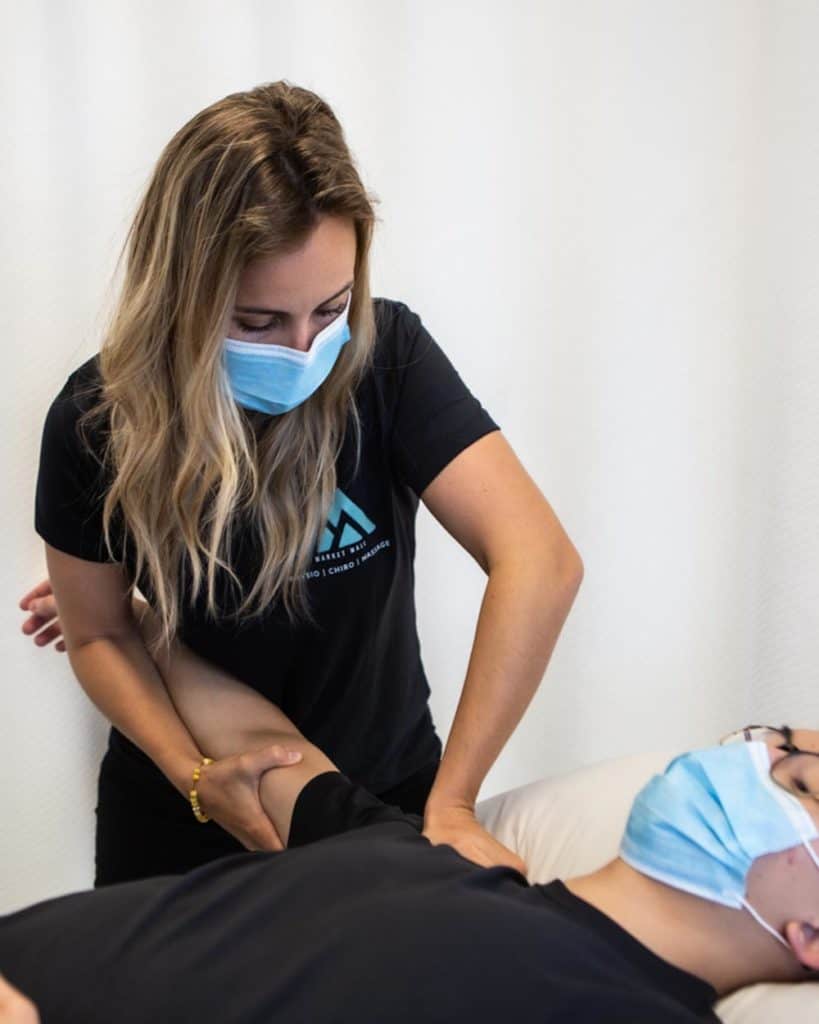
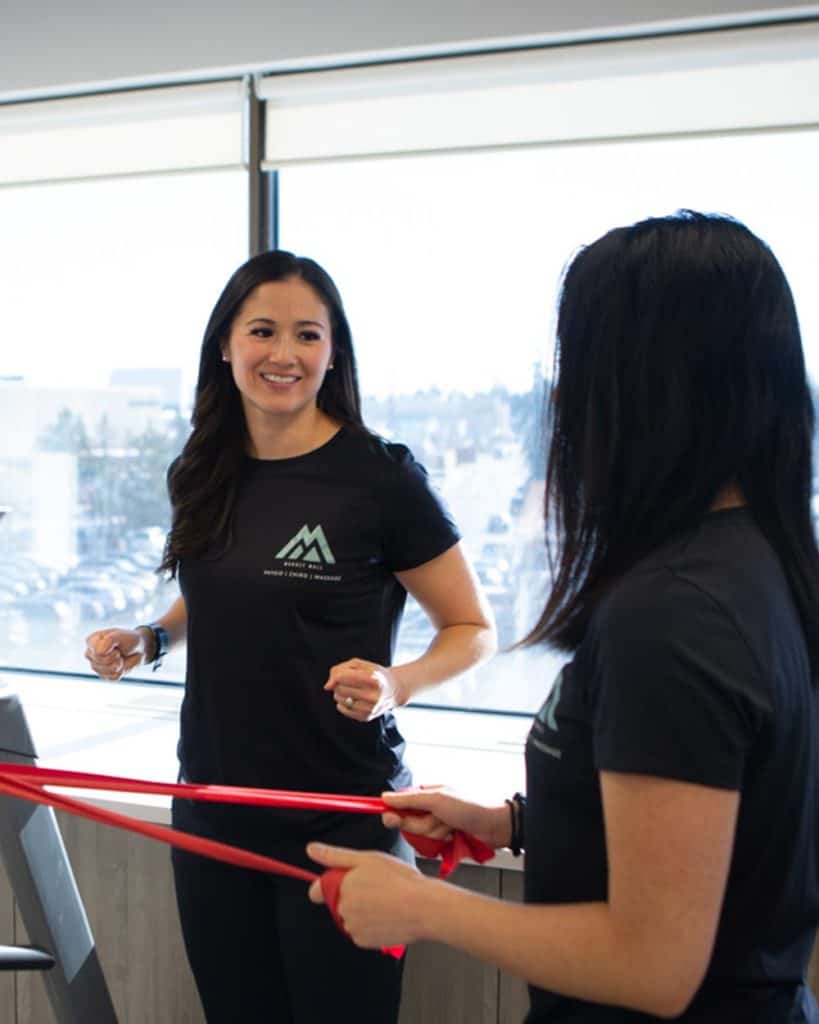
Our team of licensed physiotherapists, chiropractors, registered massage therapists are professionals and in human anatomy and biomechanics. You will get the perfect care plan to target the root of your pain so you can get back to doing what you love, everyday!
This appointment is your opportunity to tell us what hurts and discover whether dry needling is a good fit for you! During this session, you will talk with a physiotherapist on a phone call (or online) and create the right care plan specifically for your pain. There is no obligation, this session is only to find out if physiotherapy can help you getting back to doing the things you love in life.
If you’re like most you don’t want to wait days or weeks to get treated for your pain. And you don’t want to have to spend your time calling nearby clinics to find the one who can see you the fastest.
That’s where PainHero comes In – Canada’s largest network of physiotherapists, chiropractors, and registered massage therapists.
Our Platform is used by clinics where they post their open appointment times. So you can quickly compare availability and wait times for clinics near you without having to pick up the phone. Then book an appointment within seconds and even see someone that day if you want. So you can get back to doing the things you love faster.
Plus unlike other sites who let anyone on or just rely on google reviews. We hand pick clinics based on a 50-point inspection, which includes everything from checking reviews, ratings, reputation, history, complaints, satisfaction, trust, cost, and general excellence.
Improve the way your body moves so you can continue to do the things you love. PainHero is Canada’s largest network of physiotherapists, chiropractors, and registered massage therapists. Our mission is to make it easy for you to find the top clinics in your community. We handpick the top clinics using our 50 point inspection based on patient reviews, complaints, and patient outcomes.
Whether you’re seeking pain relief or preventative care, you can expect our patient-centric approach to be new and different from any healthcare experience you’ve had before. Perhaps even life-changing.
1460+
Clinics
2172+
Caring Therapists
2M+
Patient Visits


Dry needle therapy can provide relief from pain, improve range of motion, and help to calm down trigger point tension in the muscle. Dry needling is a minimally invasive treatment that can be used to treat a variety of conditions. It is considered safe and effective when performed by a trained healthcare professional.
Dry needling is most often used to treat painful conditions such as:
– neck pain
– back pain
– migraines
– tension headaches
– shoulder pain
– tennis elbow
– hip pain
– knee pain.
It can also be used to release trigger point tension that may be causing referred pain. Dry needling is often used in conjunction with physiotherapy and other conservative treatments.
Benefits of dry needling courtesy of Minsu Healing Oasis. (Read the caption)
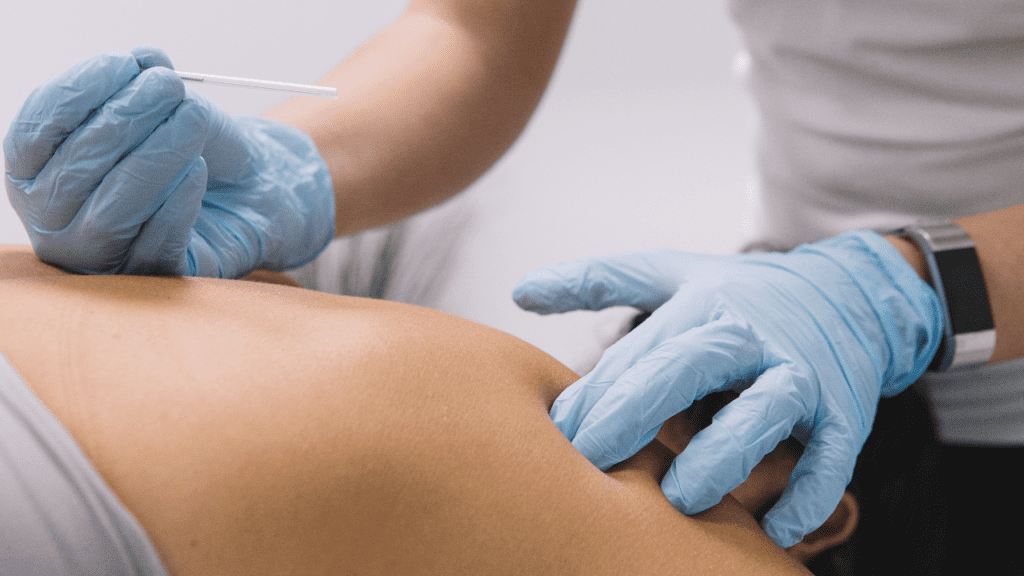
The main difference between dry needling vs. acupuncture is that acupuncture is based on the idea of balancing energy in the body, while dry needling is used to break up trigger points in the muscle.
While both treatments use needles, dry needling usually uses thicker needles than those used in acupuncture. Dry needling needles are also not always inserted as deeply into the skin.
Acupuncture is a form of traditional Chinese medicine that has been used for centuries, while dry needling is a newer treatment that is based on Western medical principles.
Both treatments can be effective for pain relief, but it is important to consult with a healthcare provider to determine which treatment is right for you.
Benefits of medical acupunture courtesy of Aurora Sports Medicine Professionals. (Read the caption)
Find out whether dry needling can help you get back to doing the things you love in life.
Dry needling is a treatment that involves the insertion of thin needles into the skin and underlying tissues. The needles are inserted into specific points on the body known as trigger points, or areas of muscle tightness, to relieve pain. Dry needling is also sometimes used to release trigger points that may be causing referred pain, or pain that is felt in another area of the body.
Dry needling is considered a safe and effective treatment for many conditions, but there are some risks involved. The most common side effect is mild discomfort or bruising at the needle site. There is also a small risk of puncturing the skin or injuring a blood vessel. More serious complications, such as pneuomothorax, infection or nerve damage are rare. Dry needling should only be performed by a trained and licensed healthcare professional.
Benefits of dry needling courtesy of Aurora Sports Medicine Professionals. (Read the caption)
The effects of dry needling can last for several days or weeks. It is not uncommon to feel some soreness after the treatment, similar to the feeling you might have after a deep tissue massage. It is important to drink plenty of water and avoid strenuous activity immediately following the treatment to help reduce any soreness. Dry needling can be used as a standalone treatment or as part of a larger plan to manage pain.
It can be used to treat acute pain or chronic pain that has not responded to other treatments.
While dry needling is generally safe, there are a few things that you should avoid doing after the procedure. First, it is important to avoid touching the area where the needle was inserted. This can help prevent infection and further irritation. Secondly, you should avoid strenuous activity for 24-48 hours after dry needling. This will give your body time to heal and reduce the risk of further injury.
Dry needling courtesy of Vitality Physiotherapy and Wellness Centre. (Read the caption)
Dry needling is considered a safe and effective treatment, but there is a risk of hitting a nerve. This can cause pain, numbness, or tingling. If this occurs, the needle will be immediately removed and the area will be assessed for further treatment. In most cases, symptoms are temporary and dry needling can be continued after hitting a nerve without any further complications. That’s why it’s important to find a physiotherapist who has been formally trained so they are able to avoid this.
Dry needling is usually done once a week for 4-6 weeks.
Some experts recommend dry needling once a week for several weeks, while others believe that the procedure can be done as needed on an ongoing basis. Ultimately, the frequency of dry needling will depend on the individual’s response to the treatment and the condition being treated.
If you’re considering dry needling as a treatment option for your pain, you may be wondering how you’ll know if it’s working. In general, patients report feeling a significant reduction in pain after just a few sessions. However, everyone responds differently to treatment, so it’s important to talk to your practitioner about what you can expect. You may also find that your pain comes and goes at first, or that it takes a few days to really notice the effects of the treatment.
One of the most common signs that dry needling is effective is a feeling of relaxation or “release” in the muscles. This can occur immediately after the needles are inserted or it may take a few minutes to develop. Other signs that dry needling is working includes improved range of motion, and increased muscle strength.
Dry needling is most effective when it’s used in conjunction with other forms of therapy, such as massage or physical therapy.
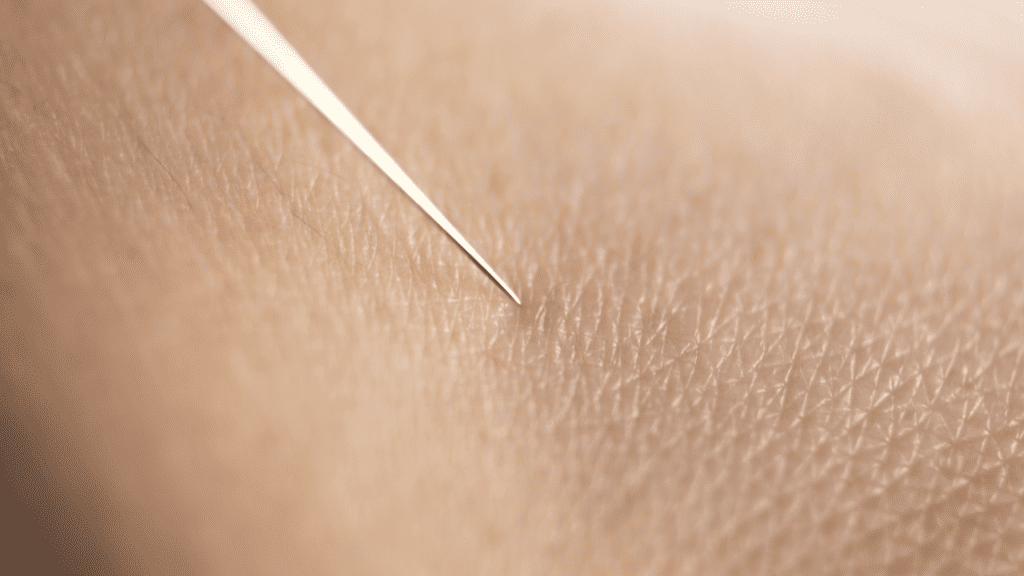
It is commonly used to treat muscle knots, also known as trigger points but there is some controversy surrounding its use. Some health professionals argue that dry needling does not actually get rid of knots, but instead just temporarily relieves pain by causing the muscles to twitch. Others maintain that dry needling can be an effective treatment for knots and other muscle pain, and that the temporary relief it provides can often lead to long-term improvements. Ultimately, whether or not dry needling gets rid of knots remains a matter of opinion. However, there is no doubt that it can provide relief from pain, and further research may help to clarify its efficacy in treating muscle pain.
Read the caption on this post by Infinity Physio Centre to learn more about how IMS works:
Arthritis is a common condition that can cause pain and stiffness in the joints. While there is no cure for arthritis, there are treatments that can help to relieve symptoms. One newer treatment that is gaining popularity is dry needling. Dry needling helps release tension and improve circulation which can help reduce pain from arthritis.
What is Osteoarthritis courtesy of BeActive Physiotherapy and Wellness. (Read the caption)
To find a dry needling therapist near you just use the search box on this page. This technique is usually performed by physiotherapists.
Yes, it’s often covered by insurance but you should check your insurance company to confirm if yours does.

JaneApp Data Security Features: How Your Clinic’s Information Stays Protected Takeaways Jane is HIPAA- and PIPEDA- compliant Data is encrypted, whether at rest or in

JaneApp Reporting and Analytics: How Clinics Can Track Growth and Performance Takeaways Jane’s reports are super underrated, they give you real insight into how your

JaneApp Customer Support: How to Get the Help Your Clinic Needs Takeaways Use the in-app chat first if you can Email is fine, but be
Dry needles are inserted into the muscle tissue to a depth of 0.5-2 inches. The depth of needle insertion will depend on the individual’s condition and response to the treatment.
One study showed that dry needling can help relieve sciatica, a condition that causes pain in the lower back and legs. While there is some evidence to support this claim, the jury is still out on whether or not dry needling is an effective treatment for sciatica. The most likely explanation is that the needles stimulate the release of endorphins, which can help to reduce pain. However, more research is needed to confirm this theory. (Source: https://actascientific.com/ASOR/pdf/ASOR-03-0180.pdf)
When it comes to treating pain, there are many different options available. Two of the most popular methods are dry needling and massage. So, which is better? Dry needling involves inserting thin needles into trigger points in the muscle. This causes the muscle to spasm, releasing tension and relieving pain. Massage, on the other hand, uses pressure and friction to work out knots and tension in the muscles. Both techniques can be effective in reducing pain, however, dry needling may be better suited for deep-seated muscular pain, while massage may be more beneficial for surface-level tension. Ultimately, the best approach depends on the individual and the nature of their pain.
Dry Needling is one of several possible methods for relieving pain that do not rely on prescription medications and all the side effects and baggage they come with. Not to mention that most drugs can only mask pain, but rarely address root causes. Find a clinic if you are suffering from muscle tightness, soreness, or pain to improve your quality of life, today.
